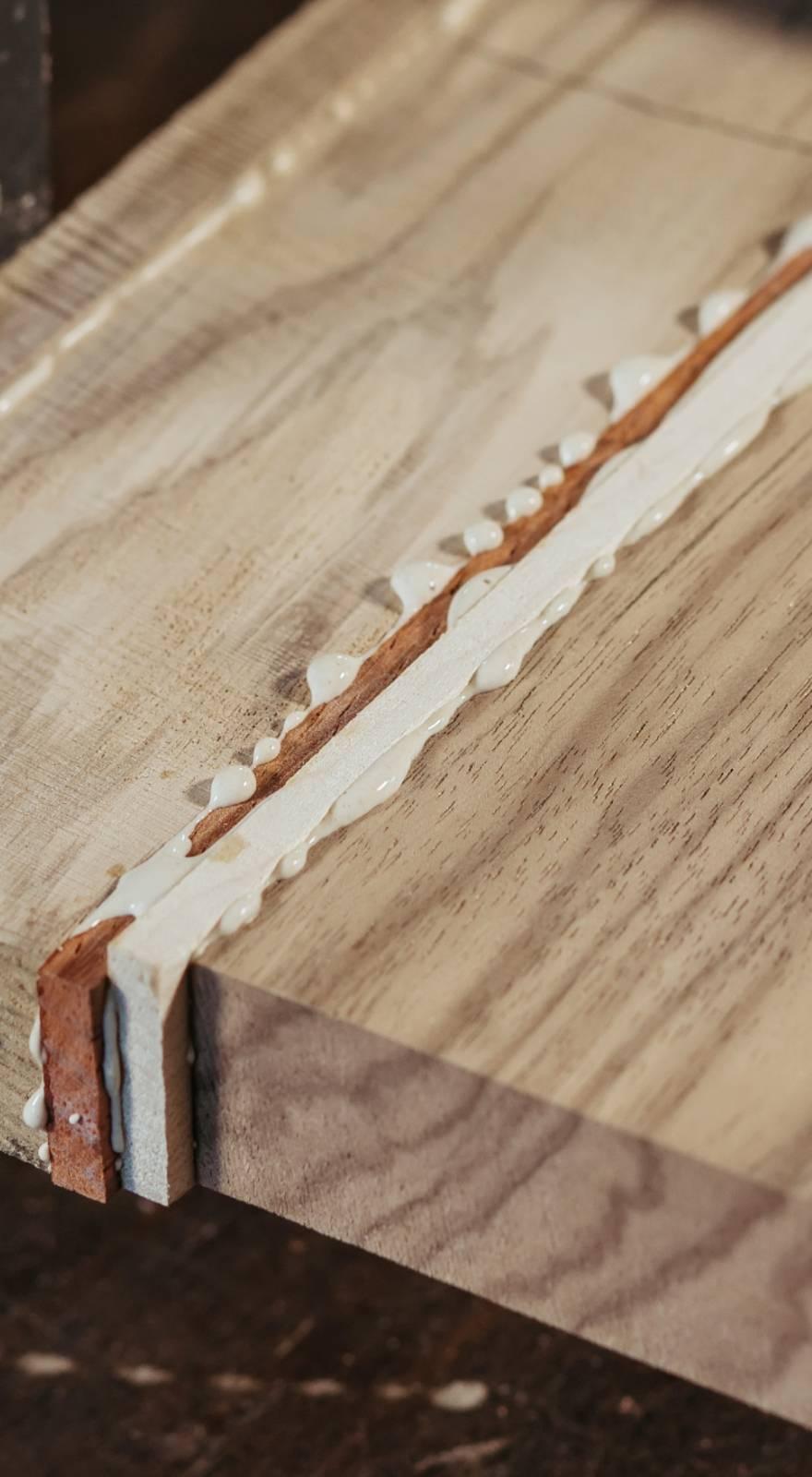Knowde Enhanced TDS
Identification & Functionality
- Chemical Family
- Product Type
- Putty Type
- Acrylic
- Technologies
- Product Families
Features & Benefits
- Ready-to-Use Product Features
- Advantages
- Can be painted
- Good adhesion on most interior supports (plaster, cement, plaster, wood, polystyrene, anodized aluminum, PVC..)
Applications & Uses
- Applications
- Application Area
- Applications
- Caulking around doors and windows indoors.
- Finishing joints for walls, partitions and skirting boards.
- Joints in ceilings and around shutter casings.
- Filling interior cracks.
- Trick
- To improve adhesion on porous substrates, a dilution of about 50% of the product and 50% of water can be used to prepare the surface used as a primer). We will apply this dilution with a brush for example.
- We can limit the width by placing, on each side of the joint, an adhesive tape that we will remove immediately after smoothing.
- Implementation
Preperation
The supports must be clean, dry and degreased.
Manual
- Apply the seal with a cartridge gun, taking care to squeeze the mastic on the edges of the seal.
- Smooth the mastic with a spatula in order to obtain a good esthetic finish of the joint.
- It is advisable to have a joint width of at least 5 mm and not to exceed 25 mm. For widths less than 10 mm, it is preferable to have a square section. For widths greater than 10 mm, respect the rule of having a depth equal to half the width. To limit the depth of the joint, install a backing strip.
- Likewise, avoid joint contact on three sides.
- For flashing joints (triangular section), it is recommended to have a contact surface of at least 7 mm.
- Apply the mastic to a clean, dry and degreased surface.
- Bring about maximum contact between the sealant and the gasket lips by applying pressure to the surface of the bead.
-
Consumption
Depending on the dimensions of the joint, a 310 ml cartridge will make approximately (the length of the joint is expressed in meters):
Depths
in mmWidths in mm 5 10 15 20 25 5 12 6 4 3 2.4 8 - 3.8 2.5 1.9 1.5 10 - - - 1.5 1.2 12 - - - - 1 Equipment cleaning
The equipment is cleaned with water before the mastic dries.
Properties
- Appearance
- Thixotropic paste (does not flow)
- Odor
- Odorless
- Typical Properties
| Value | Units | Test Method / Conditions | |
| Application Temperature | 5-40 | °C | — |
| Density | 1.6 | — | — |
| Hardness (On reticulated joint) | 24.0 | Shore A | — |
| Movement capacity (On reticulated joint) | max. 10 | % | — |
| Skin Formation Time | 15.0 | minutes | — |
| Temperature Resistance (On reticulated joint) | 25-80 | °C | — |
Technical Details & Test Data
- On Reticulated Joint
Resistance Good at UV Adhesion Good on porous substrates (concrete, plaster, cement, wood, plaster, fiber cement, polystyrene...) and on smooth substrates (anodized aluminum, PVC,...)
Painting Yes Can be covered after drying, with a dispersion or glycerophtalic paint, a coating based on hydraulic binder or a plastic facing, subject to compatibility of the products.
- Comment
It should not be used for sanitary joints, on natural stone or marble, on bituminous substrates, in direct contact with the ground, in a place constantly subject to humidity and for joints subject to significant movements.
Storage & Handling
- Storage
Store at a temperature between + 5°C and + 40°C. At 20°C, the shelf life of the product in its original sealed packaging is 24 months.


